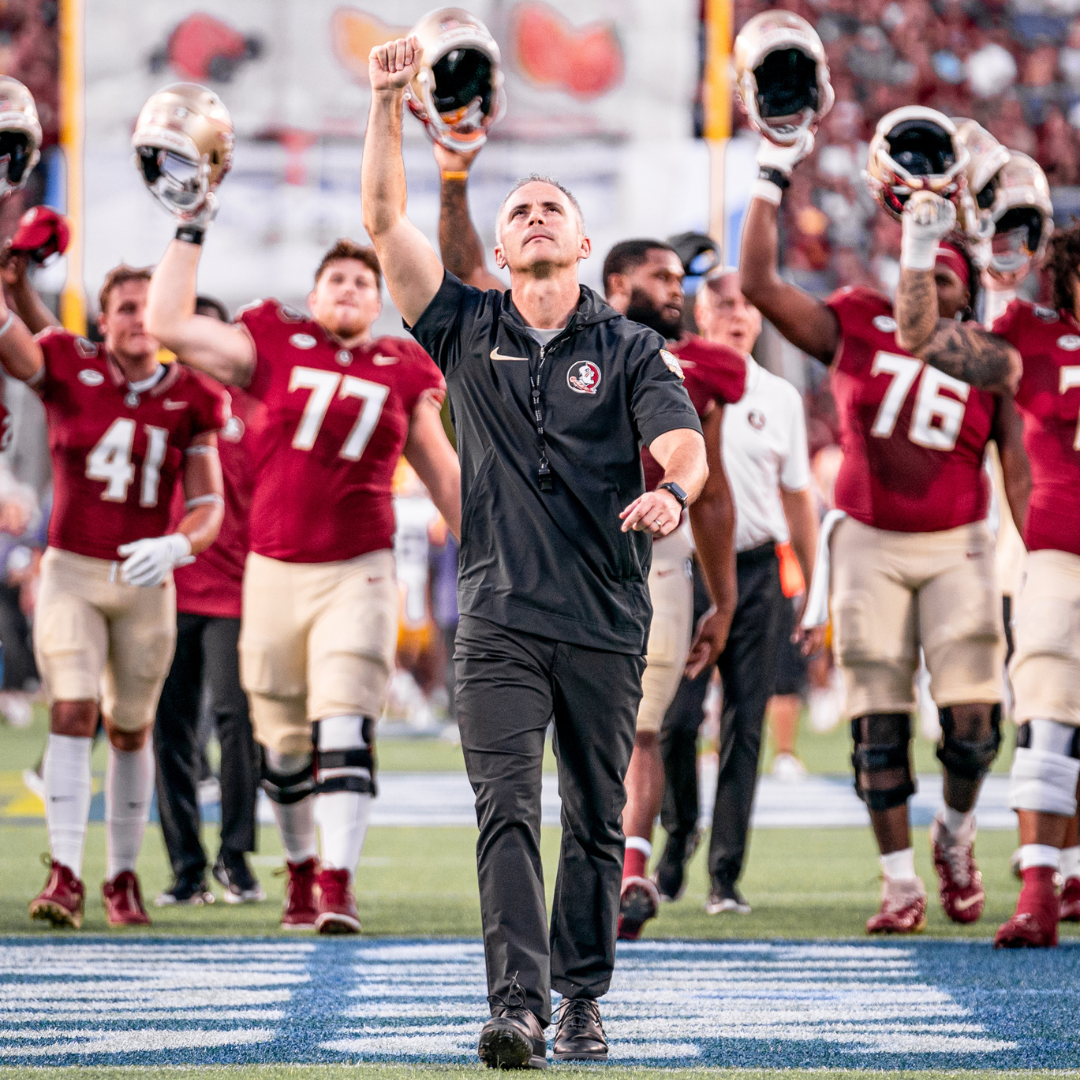by Kevin Mims | May 27, 2016
My Florida: Ramble On
Brotherly love (okay, rock-chucking) by the cow pond grows into an adulthood appreciation of rural road trips and pondering life’s ebbs and flows.
Incoming! Clonk. That’s what I heard just before getting clobbered with a chunk of Florida karst (limestone). The fist-sized amalgamation of fossilized shells hit me just above the hairline, leaving me with five stitches and an awful haircut. Luckily, it was summer break and my 14-year-old self was spared ridicule by school peers.
This was an indirect hit—friendly fire, if you will, meant for a G.I. Joe battleship sailing the murky seas of a Central Florida cow pond. Alan, a friend who lived down the road, was the ship’s captain and owner, and I—a lowly crewman—had somehow managed to make this mid-‘80s Hasbro masterpiece float. We waded chest deep to test our handiwork, but the fun didn’t last long. Forces along the bank of the pond saw to that.
The shoreline-based artillery was courtesy of my older brother, Chris, who lobbed rocks in our direction with all the precision a skinny 17-year-old could muster, which apparently was scant. His aim was not true.
Limestone, while soft compared to other rocks, still packs a heck of a wallop. The strike knocked me out and I slipped under the water. Alan pulled me up, and the two of them carried me back home, over a bunch of barbed wire fences and through an abandoned rock mine.
My parents, seeing me bleed from the head, were completely freaked out, and rightly so, figuring my brother had finally done me in.
We lived in an area known as Wahoo, which is a few miles west of Bushnell at the south end of Sumter County. Those interested in Florida history might recognize this as the location of the 1836 Battle of Wahoo Swamp, from the Second Seminole War.
Nowadays, my fingertips trace that old scar, and I ponder that experience and many others from my coming up in rural Florida. I wonder how we survived. My childhood wasn’t uncommon in the sense that countless other folks have grown up without sidewalks and white picket fences. We rambled, gigging moccasins in local streams, camping where we shouldn’t and otherwise making up the rules as we went. Yes, we got hurt on occasion, but we healed.
Throughout my early days of Florida adventuring as a teen, there was always water. Rivers, muddy streams, sinkholes, springs—wherever water welled up out of the ground or flowed freely, we wanted to be there, and we usually were.
When I wasn’t dodging rocks from my brother, the two of us were usually fishing with our dad. There’s probably just as much Withlacoochee River water flowing through our veins as there is blood. We mostly frequented the section of the Withlacoochee between Hog Island and Wynn Haven Fish Camp at the Sumter and Citrus County line, fishing the banks and puttering around in a banged-up Rhyan-Craft jon boat from the ’70s. The boat had its own history, too—it was used by my dad and granddad to haul pecky cypress slabs across Lake Panasoffkee that they cut from discarded logs felled during the early 1900s logging boom.
I still have that old boat, by the way, and it still plows its way just fine through the same stretch of river that it has for the last 40 years.
Although I most always went on these fishing trips, I soon figured out that I wasn’t too into fishing, much to the disdain of my dad, brother, mom and just about everyone else in my family. Shortly after that revelation, I was just left to ramble the banks, hopping my way over and around ancient cypress roots while my dad and brother filled coolers full of bluegill, stumpknockers, warmouth, channel catfish and other assorted freshwater river-dwelling species.
As they loved to fish, I learned to love the river in my own way. I created my own world, collecting leaves that I would take back and press between books. I would pore over Florida field guides, identifying plants, bird species, trees, snakes and whatever else looked interesting. This routine went on for most of my youth, becoming an absolute obsession of mine through high school.
And then I got my driver’s license.
On our property was a 1967 Chevy C-10 pickup, which was purchased from the Seaboard Coast Line Railroad and driven by my dad (he was a railroad engineer), then given to my uncle Jeff, who used it for some time, and then parked in the yard. There it sat for years, with flat tires, milky glass and a sweet rust, primer and blue paint job, until I came along to bring it back to life. We filed the corrosion down off the ignition points and put on four new—well, new to the truck—mismatched tires. Off I went, bombing through the Withlacoochee State Forest, the Green Swamp, the Ocala National Forest and just about every other wild location that I could get to after school and on the weekends.
But even when I was behind the wheel of a rusty old pickup truck, Florida waters called me. Now I was able to freely visit spots that I had only read about. Cross Creek. Silver Glen and the sand boils where Jody built his flutter mill in The Yearling. Cedar Key, where naturalist John Muir ended his travels and recovered from malaria in A Thousand-Mile Walk to the Gulf. Yes, I was going places.


Twenty-six years later, I’m still going, albeit not in the ’67 Chevy. In 2012, my wife—a writer, too—and I sold most of our belongings, put a few keepsakes in storage and set out on the road full-time in an RV. Never mind that neither of us had any experience with RVs. Off we went, motoring along Florida’s back roads in a mid-’90s Safari Trek powered by a gigantic gas-guzzling Chevrolet 454 engine. It was 26 feet of motorized fun (most days, anyway), and we spent nearly three years exploring Florida, from urban areas right down to secretly guarded locals-only spots. One 4th of July we camped at Blackwater River State Park (way up near Milton in the panhandle), stood in the river and watched the most vivid sunset I’ve ever seen. I don’t remember too much about the hardships of keeping an older RV on the road, but I sure do remember that sunset and countless other incredible sights.
Fast forward to 2016, age 41, and I’m still exploring Florida. Over the years I’ve paddled in most of the state’s major waterways and countless streams, bays and lakes, and hiked or biked through most of its coastal areas. I’m still enamored by the state’s incredible regional diversity—and, just like when I was a kid, I still scour through field guides and stomp around staring up at birds and trees. It’s a good life.
We recently bought a house in Inverness, and it’s only the second time I’ve ever lived inside city limits. At times, the town feels too big, even at just 7,200 residents.
I guess I’m just used to being in the woods. The good thing is it’s only 16 miles back to my parents’ place, just over the Highway 48 bridge and into Sumter County, where I first developed a love for Florida and learned to dodge (eventually) chunks of flying limestone.
The Sunshine State has changed a great deal from when I was a kid, but less so in the rural hinterlands of my youth. On a recent afternoon along the Withlacoochee River, my dad and brother pulled more fish out of the water than they had in a long while. They needled each other about who had caught more, and then they looked around to see where I had wandered.
I wasn’t far from the riverbank, appreciating the wild beauty surrounding me and the fact that the three of us are older and hopefully a little wiser, definitely more wrinkled, but not much different from those early rambling days. I couldn’t have been more at peace.







